Top Nudibranch Photos from June 2023

Almost every day, I share Nudibranch and Sea Slug photos from tags I get around the world. Below are the most liked photos of May 2023. Be sure to follow me on Instagram here to see the daily posts!
What is a Nudibranch anyways? They are colorful Sea Slugs found all over the world in beautiful varying colors, sizes and shapes. About 3,000 different species have been identified and more are discovered every year. Nudibranchs capture the wonder and beauty of the ocean - help me teach the world about them!

Chromodoris willani 📸 @amazingcritterpix 📍 Anilao, Batangas, Philippines
This nudibranch is found in the Western Pacific Ocean, from Indonesia and the Philippines to Vanuatu. The species is named for the renowned nudibranch taxonomist Dr. Richard C. Willan. Chromodoris willani is similar in appearance to Chromodoris lochi, Chromodoris boucheti and Chromodoris dianae. This species can be distinguished by the very prominent white specks found on the gills and rhinophores.

Halgerda batangas 📸 @uwphotography_gianninalim 📍Anilao, Philippines
It is found in the tropical western Pacific, including: Indonesia, Philippines, Solomon Islands, Mabul, New Britain, Davao Gulf, Malaysia, Papua New Guinea, Sulawesi, Great Barrier Reef and Taiwan. This animal is one of a group of mainly white species of Halgerda with orange markings. It is characterized by a network of fine, solid, red-orange lines on the mantle. The mantle tubercles range in size from small rounded bumps to tall, prominent structures.

Micromelo undatus 📸 @melosouslo 📍Bouillante - Guadeloupe
Micromelo undatus, common name the miniature melo, is an uncommon species of small sea snail or bubble snail, a marine opisthobranch gastropod mollusk in the family Aplustridae. This species occurs in the Caribbean, Florida, Costa Rica, Panama, Bermuda, Brazil, Cape Verde Islands, Canary Islands, Ascension Island, Eastern Atlantic, South Africa, Japan, Thailand,Bali, and the State of Hawaii. Minimum recorded depth is 0 m. Maximum recorded depth is 5 m. It lives on soft substrates and on the algal turf areas of rocky reefs.

Poindimie's Phyllodesmium (Phyllodesmium poindimiei) 📸 @natunderwater 📍 Alor Island,NTT,East Indonesia
Phyllodesmium poindimiei (AKA: Spun Of Light) is an Alcyonacea feeding, aeolid nudibranch Gastropod belonging to the family Facelinidae. Cerata are important in this clade in terms of their physical defense and efficient metabolic processes. This species is spread sporadically along tropical coastal regions such as Australia, Hawaii, and the Indo-Pacific living in diverse marine habitats such as coral reefs.

Nembrotha kubaryana 📸 @timo_uw 📍 Tulamben, Indonesia
This species occurs in the tropical Western Indo-Pacific. This animal can reach a total length of more than 120 mm. Nembrotha kubaryana is easily confused with a similar species, Nembrotha cristata although the latter has no red-orange border on its foot. The variable neon slug feeds on ascidians and has been observed feeding on the green-ringed ascidian, Sigillina signifera.
Are you an underwater photographer? Be sure to tag me in your Nudibranch and Sea Slug Photos and video! I'd love to share them with the Nudi Colony!
Comments
No comments
Leave a comment
Your Email Address Will Not Be Published. Required Fields Are Marked *
Subscribe
Subscribe to my newsletter and emails and never miss an update!


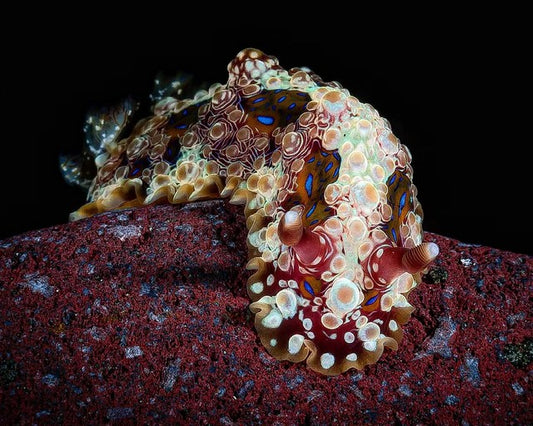

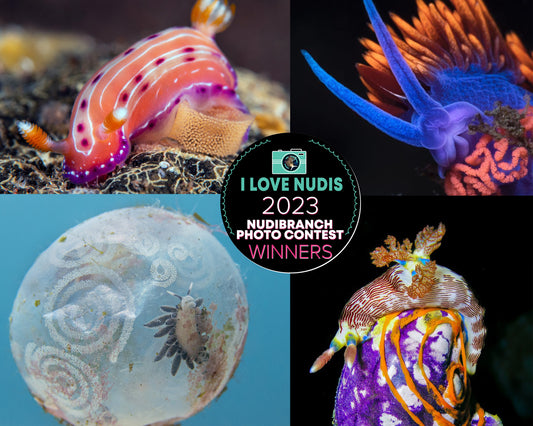
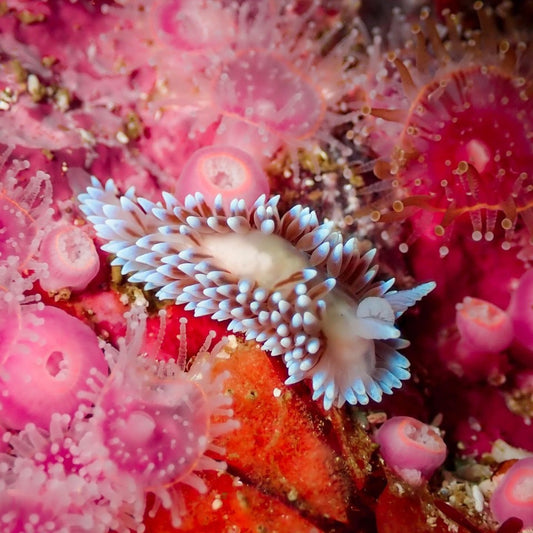
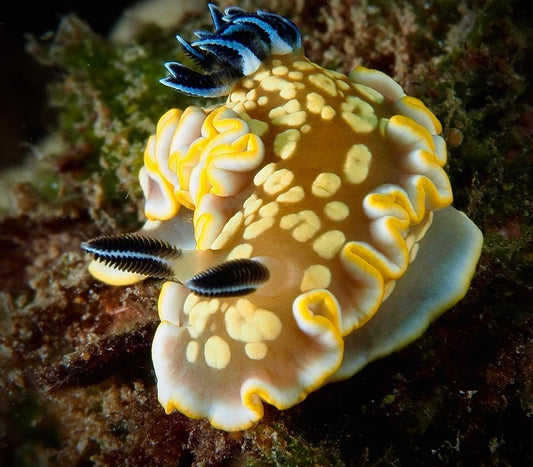
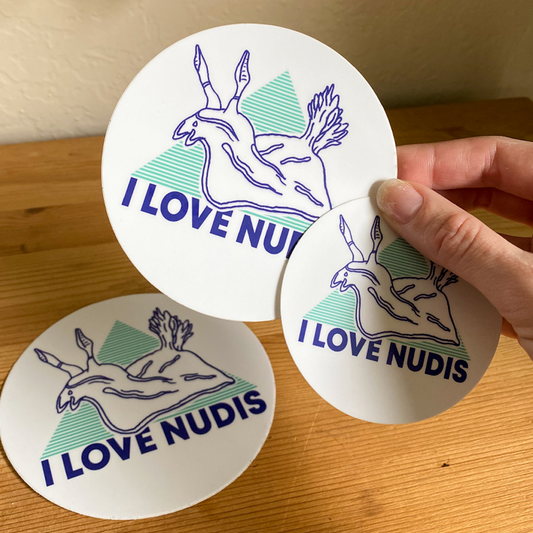
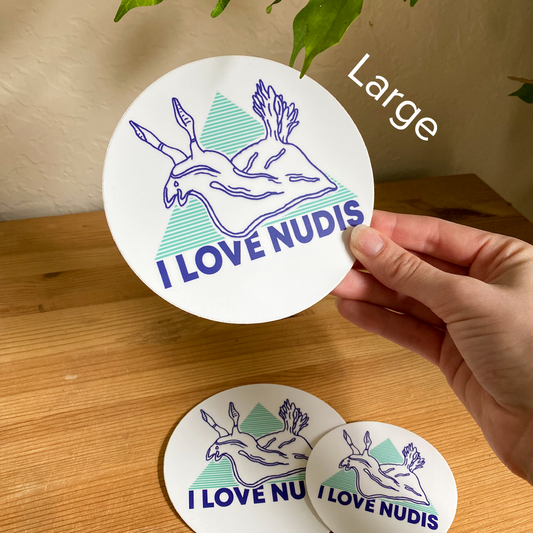

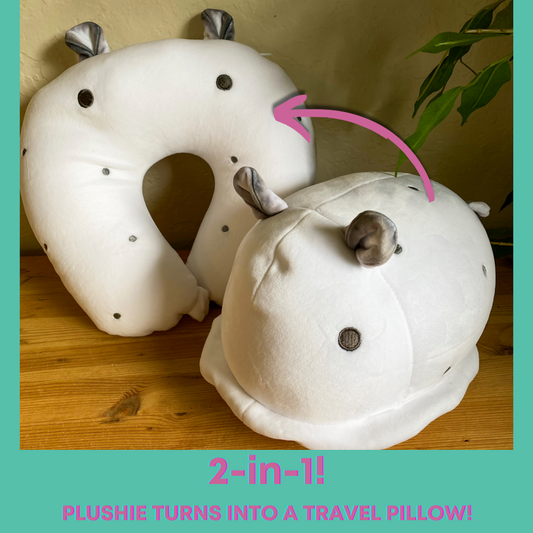
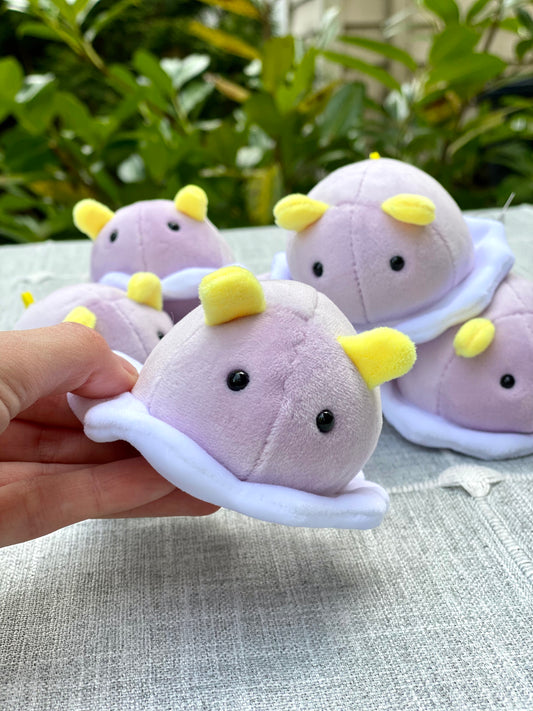
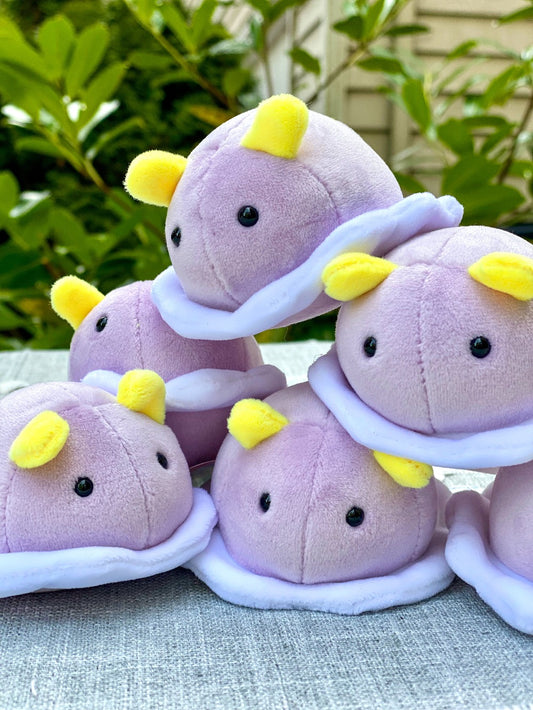
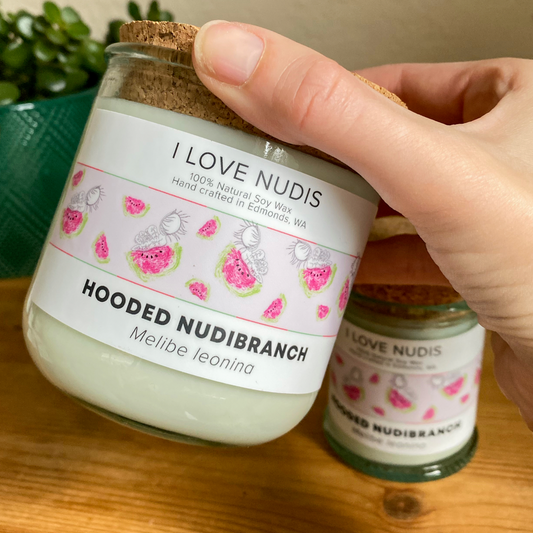
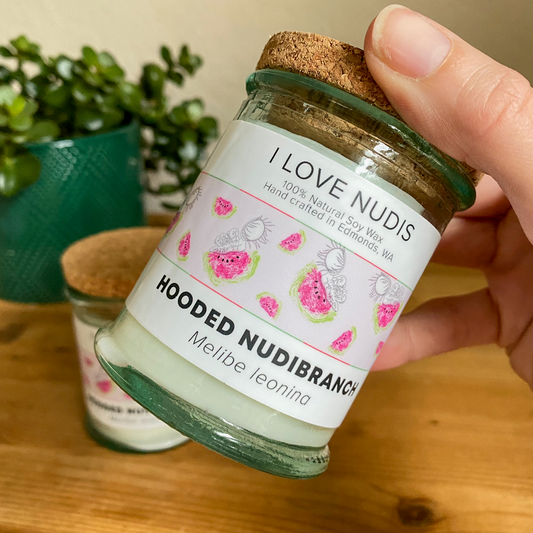
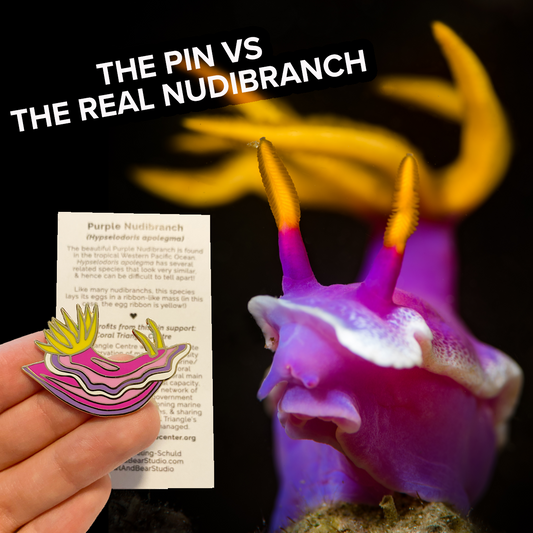
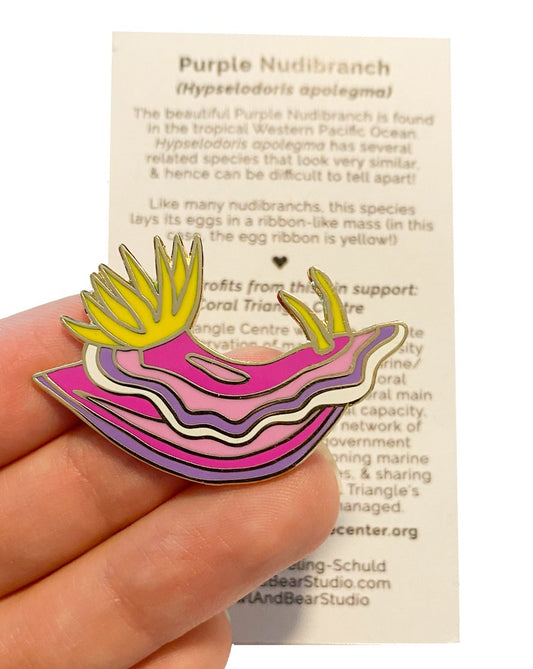
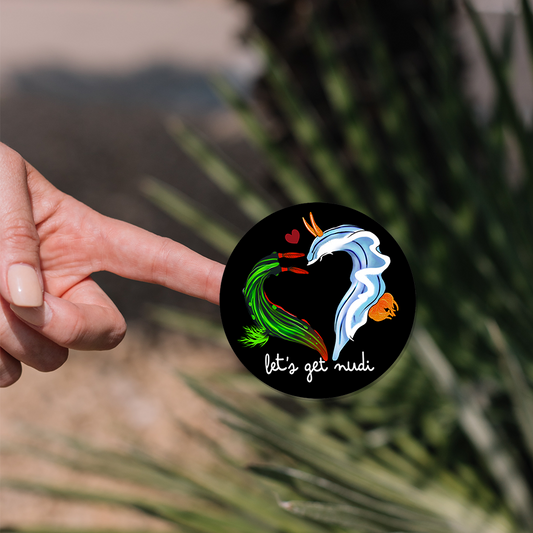
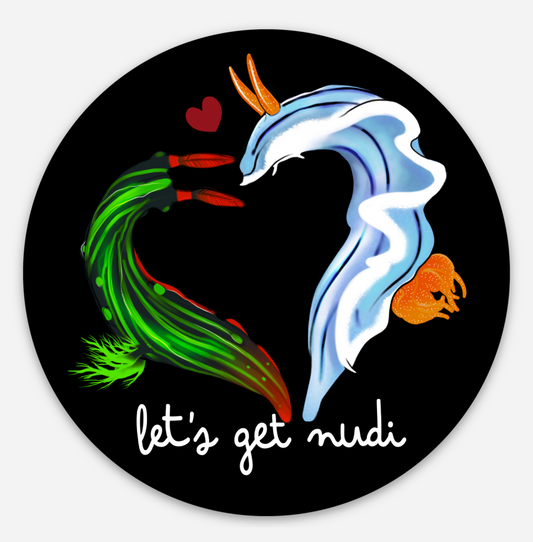


0 comments